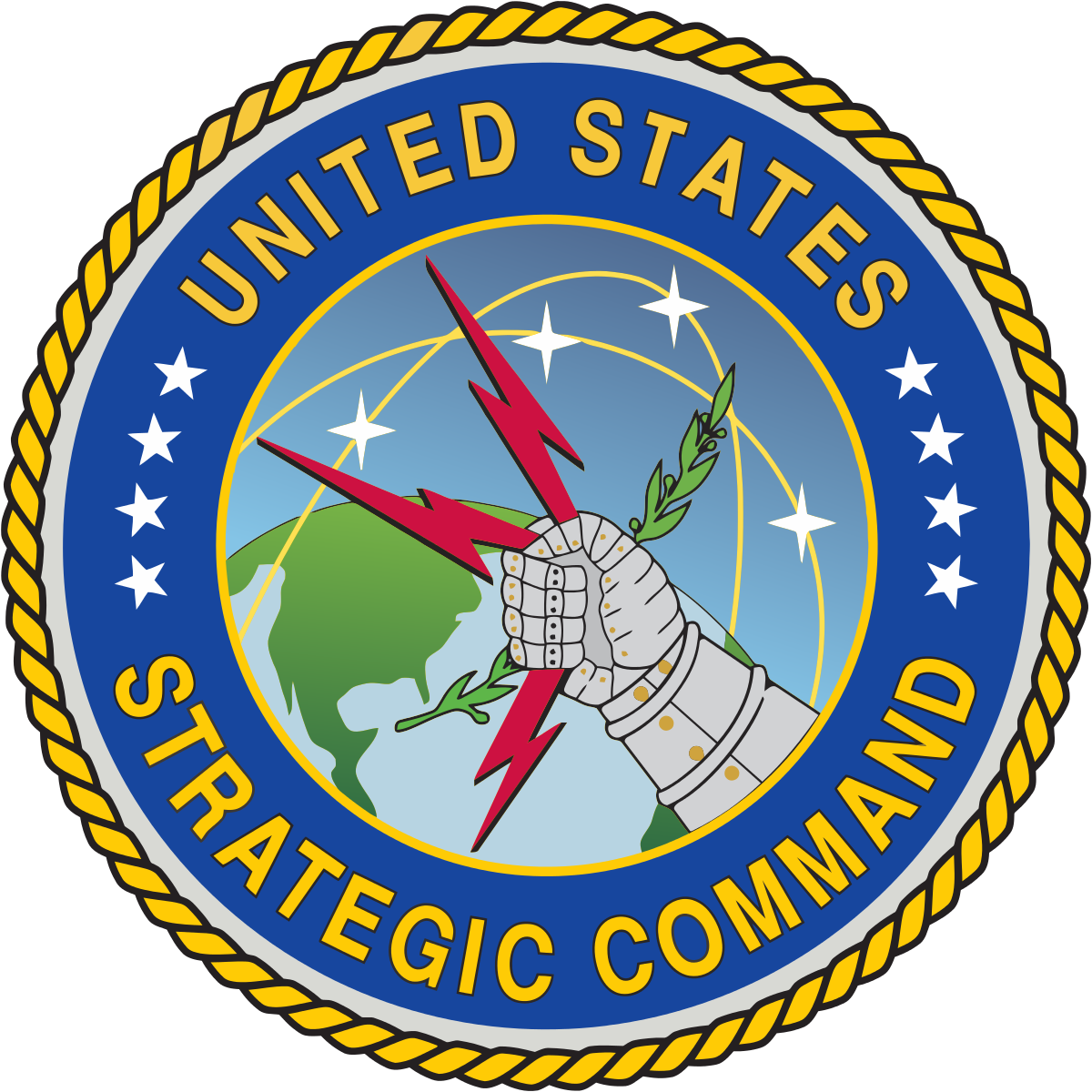Part 1 of 2 Parts
I grew up under the threat of nuclear war during the Cold War between the U.S. and the Soviet Union. When the Soviet Union collapsed in 1991, it was hoped that there would be a “peace dividend” in the form of reduced spending on expensive nuclear weapons systems. Unfortunately, the “peace dividend” never arrived. In the past few years, there has been an increase in tensions between the U.S. and Russia which inherited the Soviet nuclear arsenal. The Trump Administration wants to spend a trillion dollars over the next ten years to “modernize” our nuclear arsenal. Both Russia and China have announced similar plans for increased spending on nuclear weapons systems.
Since the Cold War ended with the demise of the Soviet Union in 1991, it is estimated that the U.S. has about nine hundred nuclear weapons on alert for immediate launch in the event of evidence of an attack by another nuclear power. This is known as “hair-trigger” launch status. The U.S. president has the power to order launch of hundreds of U.S. nuclear weapons in minutes.
The U.S. has land-based missiles in silos in five states at remote locations. Then there are the U.S. nuclear submarines that are sailing around in the world oceans with dozens of more nuclear missiles in them. The U.S. also has about forty special missiles that are called interceptors that are kept on hair-trigger alert. It is projected that three or four of these missiles could possibly destroy an incoming missile from an enemy. Tests of these interceptors have been less than encouraging considering that a nuclear attack against the U.S. could consist of over a thousand incoming warheads.
The U.S. has infrared sensors and sensor laden satellites in orbit which can detect the trail of hot gas that is released by a missile flying through the atmosphere. It is estimated that it should take about twenty-five minutes for a missile launched by Russia to reach the U.S. Sensors could detect the missile in a matter of minutes. There are automated systems that monitor the data from the missile-detecting sensors in order to determine whether or not there is actually a missile headed for the U.S. If such a warning is received, the U.S. president has about ten minutes to decide if he or she wants to retaliate with our own missile launch.
Originally, the hair-trigger launch status was intended to discourage the Soviet Union from thinking that it could successfully destroy the U.S. with a first nuclear strike while suffering little damage in return. Since the breakup of the Soviet Union, the U.S. nuclear arsenal has also been used to threaten and intimidate other countries that either have nuclear weapons or are interested in acquiring them.
Supporters of the hair trigger launch status of U.S. missiles claim that Russia or another enemy would have to use hundreds of their missiles to destroy U.S. missile silos and this would reduce the number of missiles that they could aim at U.S. cities. Other supporters point out that missiles bases are important for the local economy of nearby towns and that removing missiles from hair-trigger alerts could impact the economies of those towns.
Please read Part 2
